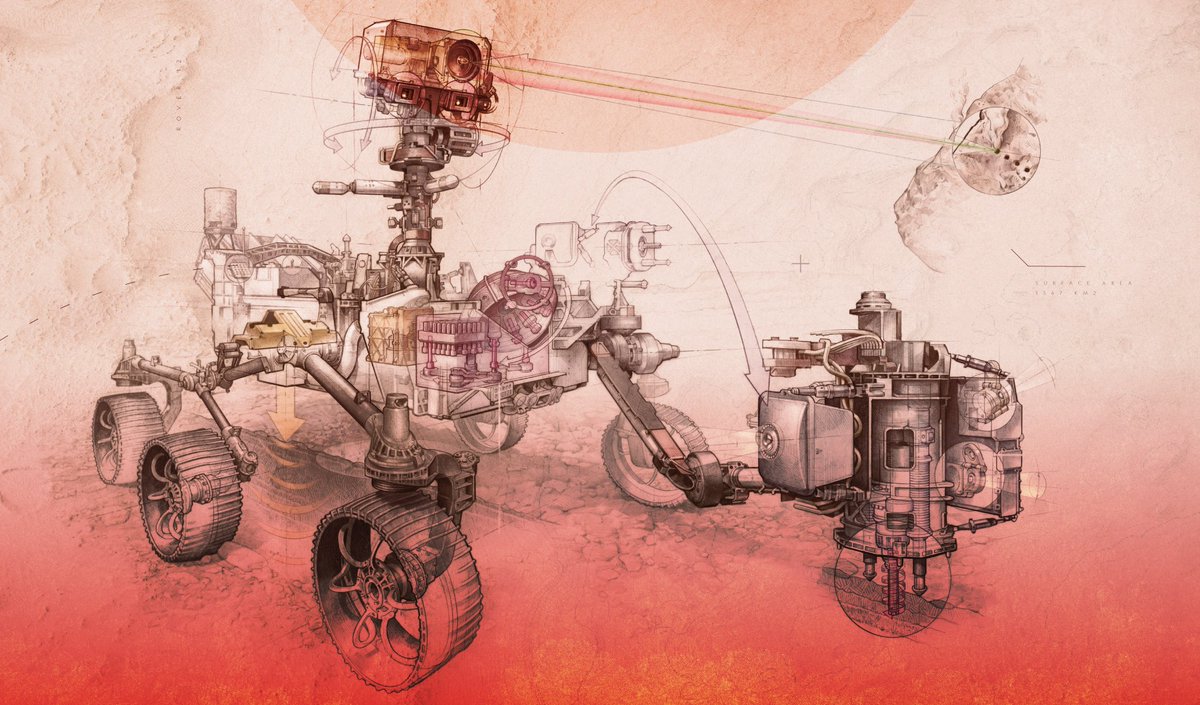
Hi I'm @dabeard, and after a year of helping curate @natgeo's editorial newsletters, I'm taking you through some defining moments in journalistic coverage of the pandemic—and the reactions it sparked on.natgeo.com/2OfbR0v
"I was nervous. ... No one quarantines whole cities if they don’t think they have to." That's what infectious disease reporter @helenbranswell was thinking when she wrote her first #COVID19 stories in early January 2020. on.natgeo.com/3cfZlpa
Some nations tried to play down the toll. @joshirwandi's photo of a #COVID19 victim, wrapped in cellophane in a hospital, shed light—and created a sensation—in Indonesia. on.natgeo.com/3qCqpUT
The sadness of solitary loss moved CNN anchor @brikeilarcnn to tears. She had trouble moving on while reading the @KatieSSanders story on the last text messages exchanged by family members and dying relatives
We just couldn't understand the scope of the deaths. Dr. Anthony Fauci was so attacked after estimating as many as 200,000 Americans could die that he was forced to revise his figure downward.
Here, @NatGeo tried to compare the number of early deaths to other American tragedies on.natgeo.com/30DvDFa
How would it change us? Before the mask debate, and distancing, it seemed like getting rid of the handshake would be an important hurdle. Readers worldwide gave us these suggestions. on.natgeo.com/3bDOuGx
We did what we could to stay connected. In this image, which @NatGeo selected as one of its most unforgettable of the year, a mother and daughter mounted plastic sheeting in their backyard so they could hug. on.natgeo.com/3bDOSot 

Silver lining? No, @natashaldaly found, some stories of a bounceback of animal life in cities during the pandemic were false. “Truth matters about good news," Natasha wrote. Especially now.
https://twitter.com/natashaldaly/status/1241006755787792384
The speedy development of vaccines is bringing joy daily to people posting photos of vaccinations—and the hope, someday, of a return to a normal life. Even some animals are getting vaccinated. on.natgeo.com/30yAcAC
When will we say goodbye to #COVID19? It's a long trail from pandemic to a common cold, @michaelgreshko writes. Time, says one infectious disease expert, “is the only thing that can tell us.” on.natgeo.com/2PXFuDV
• • •
Missing some Tweet in this thread? You can try to
force a refresh






